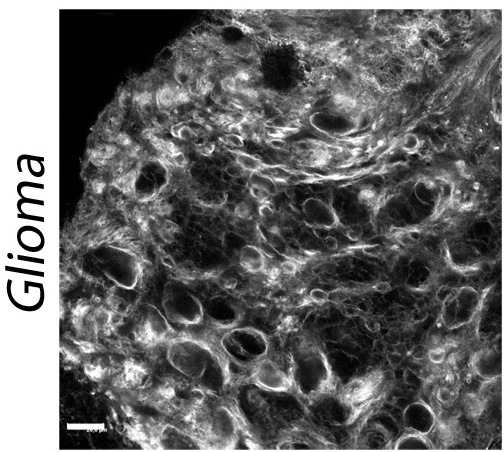Genetic studies on synapse and muscle regulation

The long term scientific aim of the group is to understand the genetic mechanisms that control the genesis y function of synapses and muscles under normal and pathological conditions. Olfactory sensory perception and muscle contraction in Drosophila are the two major biological processes under study.
Click here: ferrus-flysynapse.es to access the personal web page.

Synapse formation.- Aims to identify cell signaling pathways that control the number of synapses that a neuron establishes with its targets. At present, a novel PI3K/Akt pathway has been identified.
Modulation of synapse number.- Aims to identify mechanisms that elicit synapse number changes under physiological and pathological conditions. We study the effect of environmental conditions on the synapse number and the consequences on behavior. Moreover, we investigate the changes that occur in the synapses in nervous system pathologies such as Alzheimer´s disease or brain tumors (Glioma).
Troponin I regulation of gene expression.- Aims to discover the mechanisms that generate such a large protein isoform repertoire (10), and their specific role in sarcomere development and function as well as its role in cell proliferation.
The main contribution to Neurobiology that these lines have produced can be summarized as follows:
- Discovery of a potential way to delay aging in neurons bringing back cognitive abilities. (Patent pending).
- In situ quantification of the role of synapse number during the perception of a stimulus of known magnitude.
- Demonstration that sarcomere contraction and chromosomal integrity share the same molecular motor based in the activity of the Troponin/Tropomyosin complex.
Most relevant methodology:
- Transgenesis.
- In situ hybridization.
- QRT-PCR.
- Electron and confocal microscopy, 3D reconstruction.
- Olfactory perception, Locomotion assays.

Mechanisms of communication among glia and neurons in glioblastoma
Drosophila glioblastoma.- Aims to model this type of glial cell tumors and study the mechanisms underlying oncogenic proliferation. We are focused in the study of EGFR receptor and mitochondrial metabolism.



Glioblastoma (GB) is the most common and lethal type of cancer of the central nervous system, it is characterized by its aggressiveness, rapid cell proliferation and great infiltration capacity. GB cause progressive neurological dysfunction including memory loss, speech and language defects, epileptic seizures and vomits. There is no cure for this type of tumors and the median survival after optimal treatments (surgery, radiotherapy and chemotherapy) is 14,6 months. Our data indicate that GB cells develop a network of tumor microtubes (TMs) which confers resistance to the radiotherapy, contribute to the proliferation and dissemination of the tumor and provokes the degeneration of the neighboring neurons.

Glial cells establish a network of projections to communicate and coordinate. Confocal image of a Drosophila third instar larvae brain. Glial cells and membranes are marked with myristoilatedRFP, neurons are marked with anti-HRP monoclonal antibody.
We propose the study of signals that mediate GB and neuron communication and mediate GB progression and neurodegeneration. The mechanisms underlying these processes are proposed as a potential novel strategy against GB.